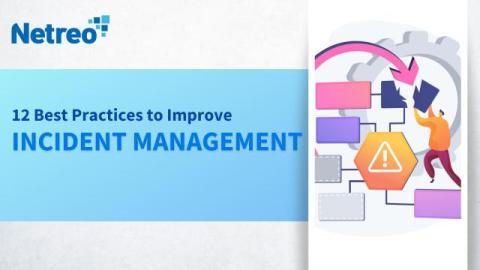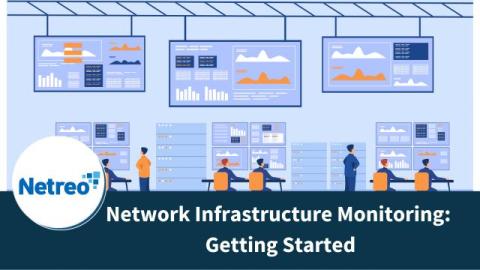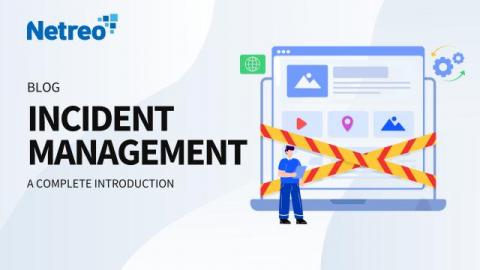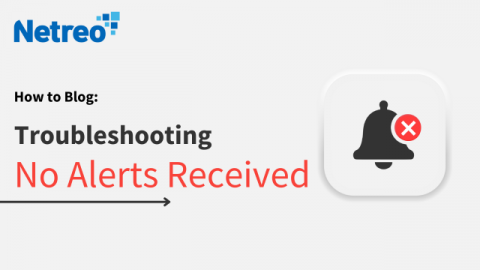12 Best Practices to Improve Incident Management
Today’s fast-paced digital world can lead to system breakdown and disruptions that strain organizational resources. What truly distinguishes successful organizations is their response when problems occur. Incident management serves this function. At its core, incident management involves teams managing unexpected disruptions quickly with minimal impact to users or business operations. The process is like a safety net that prevents further problems from developing into trust issues.











